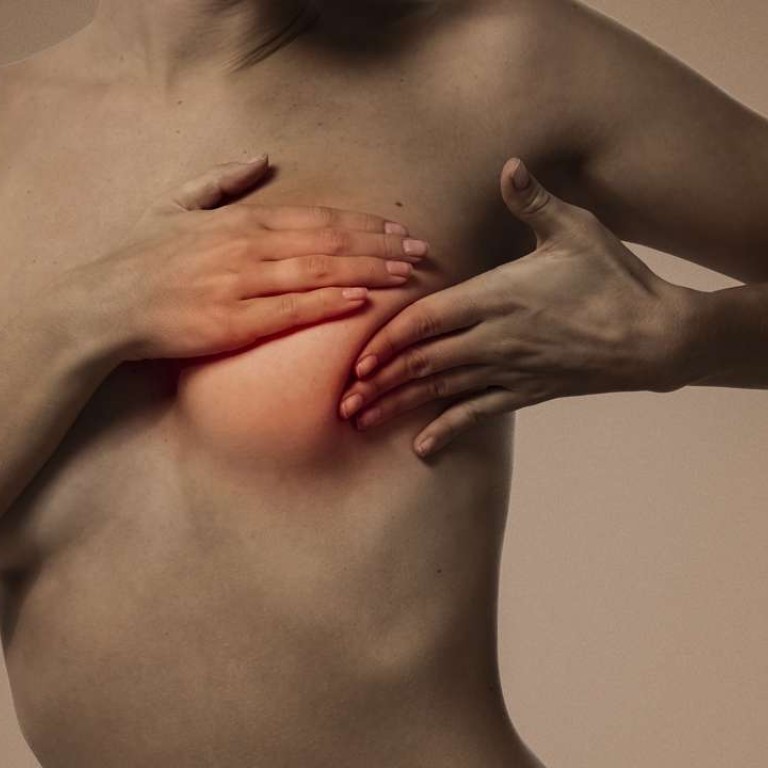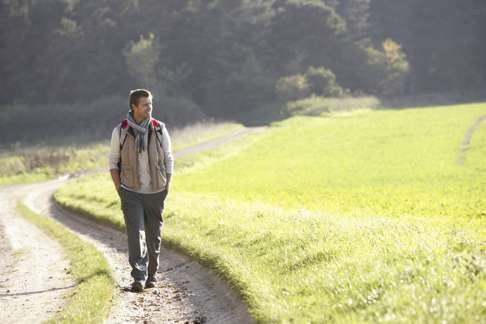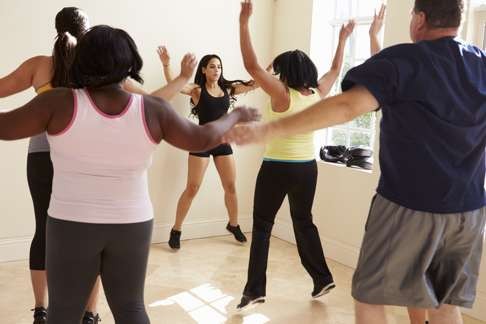
Is exercise the magic bullet for cancer? Studies link it to drop in patient deaths
Moderate exercise has been shown to be a valuable complementary therapy for breast, prostate and other forms of cancer, improving oxygen and blood flow to affected areas and reducing adverse effects of chemotherapy
Scientists have spent decades and millions of dollars trying to discover and develop better ways to treat people with cancer. But what if cancer’s wonder drug is actually just a brisk walk, slow jog or a few laps of the pool? A growing body of research reveals the potential of exercise as a simple and inexpensive treatment for cancer.
At the recent Medical Fair Asia Medicine & Sports Conference in Singapore, one of the talking points was how to create and implement exercise plans for cancer patients. There, the Singapore chapter of the US-based Exercise is Medicine initiative campaigned for health care providers to either prescribe physical activity to patients or to refer patients to a certified health and fitness professional to get a physical activity prescription.

Ng cites research that found regular exercise could reduce the risk of recurrent breast cancer and mortality by about 50 per cent. In prostate cancer patients, Ng says patients who walked briskly for 90 minutes or more a week had a 46 per cent lower risk of death compared to those who walked less.
In a study published in March 2015 in the Journal of the National Cancer Institute in the US, Duke Cancer Institute scientists studied the impact of exercise in models of breast cancer in mice. They found exercise stimulated significant improvements in the number and function of blood vessels around the tumours, improving oxygen flow to the cancer site. When treated with chemotherapy, the tumours shrank markedly better than they did in sedentary animals.

Another of Ng’s patients was recently diagnosed with lymphoma. Joe (not his real name) remains physically active while undergoing chemotherapy. “He continues to cycle five days a week, with rides covering up to 100km,” says Ng. “Joe is tolerating the chemotherapy very well and hardly notices any symptoms. His oncologist is happy with his progress and has not imposed any limits to his exercise regimen.”
Dr Fred Saad, a urologist-oncologist and researcher at the University of Montreal Hospital Research Centre in Canada, believes physical exercise has a direct effect on cancer that’s as effective as drugs – even in advanced stages of the disease. Saad is leading the first international study which aims to demonstrate that exercise literally extends the life of patients with metastatic prostate cancer.
The study involves some 100 researchers, 60 hospitals and nearly 900 men with advanced prostate cancer across three continents. For two years, all patients will continue to follow their therapies and take their medications, but half will receive psychosocial support with general recommendations on physical exercise and the other half will also perform thrice weekly an hour of high-intensity strength and cardiovascular training.
“Typical patients with metastases often become sedentary. It is thought that this affects cancer progression,” says Saad. “We will study exercise as if it were a drug added to standard treatments.”

carry out 2½ hours of supervised aerobic exercise every week for 12 months, the other half will have no supervised exercise sessions.
“Evidence suggests that men who are physically active after a prostate cancer diagnosis have better cancer survival than men who aren’t active,” says the study’s leader Dr Liam Bourke, principal research fellow at Sheffield Hallam University. “It’s not clear yet how this works, but it might be that exercise affects the way some genes regulate cancer cell growth and DNA repair.”
Ian Kleckner, a biophysicist and research assistant professor in the University of Rochester Wilmot Cancer Institute, led a recent study of 300 cancer patients that showed a six-week walking routine with gentle, resistance-band training at home helped reduce a chemotherapy side-effect known as neuropathy, which includes shooting or burning pain, tingling, numbness, and sensitivity to cold in the hands and feet.
“Exercise is like a sledgehammer because it affects so many biological and psychosocial pathways at the same time – brain circuitry, inflammation, our social interactions – whereas drugs usually have a specific target,” says Kleckner. “Our next study is being designed to find out how exercise works, how the body reacts to exercise during cancer treatment, and how exercise affects the brain.”
As with any drug, dosage is key for efficacy. But with many aspects of exercise as a cancer drug yet to be known, Ng advises cancer patients to seek advice from their physicians. “Walking 10 to 20 minutes a day is generally safe for most healthy people, but cancer patients should consult their physicians to tailor a safe and supervised exercise programme.”
Don’t wait till cancer strikes to get moving. Exercise is scientifically proven to reduce one’s risk of cancer. A recent analysis published in Jama Internal Medicine that pooled data on 1.44 million adults, established a link between leisuretime physical activity and a lower risk of 13 out of 26 cancers examined – regardless of weight or smoking history.
There are various theories about how exercise prevents cancer, Ng says. “For most cancers, physical activity may reduce the risk via interrelated biological pathways, such as supporting the body’s immune function, enhancing the body’s antioxidant defences, and reducing body fat, chronic inflammation and insulin resistance.
“In addition, there are specific mechanisms that are unique to site-specific cancers. Physical activity lowers the risk of breast carncer by reducing the level of the sex hormone oestrogen in women. As for colon cancer, exercise helps speed up intestinal transit time, which in turn reduces the contact time of carcinogens (cancer-causing substances) in the colon.”

If you have been sedentary and want to start exercising, ice hockey may not be so ideal. Ng recommends regular brisk walking, which counts as moderate-intensity exercise.
“Use the talk test as a tool to gauge exercise intensity: you should be able to talk but not sing during the activity. Start low, go slow and gradually progress. The goal is to clock up a total of 150 minutes of moderate-intensity activity over a week. Household chores, like heavy cleaning and mopping, and recreational sports, like golf and tennis (doubles), are other examples of such activities.”
Benefits of exercise
Physical activity slashes your odds of developing these health problems.
• About 50 per cent reduced risk of recurrent breast cancer and mortality
• Up to 30 per cent reduced risk of colon cancer
• Up to 30 per cent reduced risk of uterine (endometrial) cancer
• About 40 per cent reduced risk of Alzheimer’s disease
• About 40 per cent reduced incidence of heart disease and high blood pressure
• 27 per cent reduced risk of stroke
• 58 per cent reduced risk of type II diabetes
